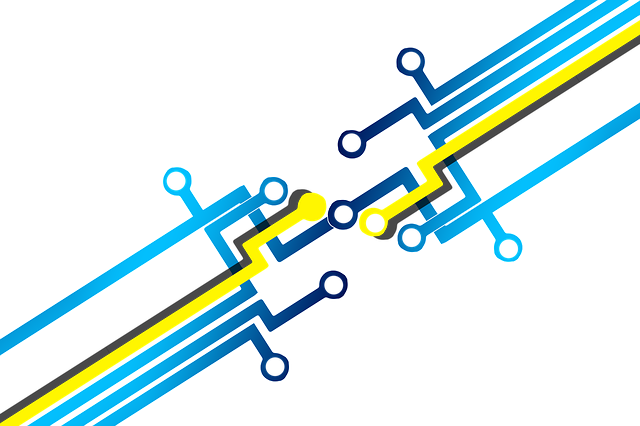This past semester I was fortunate to have the opportunity to teach a graduate class with a colleague in which Nancy Love’s Using Data to Improve Learning for All was a key text. As we discussed the importance of relying on evidence and data to foster our decision-making, I came to the realization that this use of data, for precisely this purpose, can pay dividends in our quest to make learning truly about the ‘all’ and less about the ‘some.’
In her text, Love talks about the foundation of learner success resting on the development of a positive school culture that emphasizes equity and trust. She highlights four ingredients that must be in place. As I reflected on the semester and thought about the work we do on a regular basis, I came to see how truly important these ingredients really are. The four pieces necessary for us to use data as a bridge to equal opportunity in learning, as Love sees them, are as follows:
Distributive leadership and capacity
If we believe in the importance of learning for all, then we should help others understand why this idea is so important; and, we should provide everyone with the skills and knowledge not only to repeat this mantra, but also to live it. Besides growing this capacity for equal education, we also need to let others take the reins so that they have the full experience to make appropriate decisions and, in turn, coach others to do the same.
Collaboration
To understand the value of data, we have to look at it through multiple pairs of eyes and understand the importance of arguing from evidence. While it isn’t necessary for us to see data in the same way initially, it is important for us to be able to grow alongside each other when designing education that benefits all who call a school or district home. While collaboration is never easy, the alternative is far worse. If we believe that learning is for everyone, then we can only truly achieve it if we all work together.
Seeing data as more than a single word
Love is a strong component of seeing data outside the box. Data is only one small piece of the puzzle, and the only way we can focus on continuous improvement across a school or district is by recognizing that formative data, benchmark measures and data collected about the people, places and processes we experience are all components of the data usage experience. By making data a daily focus rather than an irregular occurrence, we can better understand that data is more than unit test results or end-of-year graduation rates.
Using data
How many initiatives have we engaged in that fizzled out between start and finish? How often do we build the case for a change and then stop pushing for the change when the going gets tough? If we are going to emphasize the importance of data — and if we believe that data should be a key component of all that we do — then we have to make sure we use the data we collect and analyze to change practices. While rarely easy, analyzing data helps us to show why change is necessary. It is harder to keep doing what we’ve always done when the data we are looking at tells us we aren’t doing enough.
A bridge helps us surmount obstacles and gets us closer to where we want to go. The best bridges are designed so that anyone can cross. Data, when used well by all, is just such a bridge — one that we can cross knowing that we’re coming ever closer to achieving meaningful learning for all.
Fred Ende (@fredende) is the assistant director of Curriculum and Instructional Services for Putnam/Northern Westchester BOCES in Yorktown Heights, N.Y. Fred blogs at www.fredende.blogspot.com, Edutopia, ASCD EDge and SmartBrief Education. His book, Professional Development That Sticks is available from ASCD. Visit his website:www.fredende.com.
____________________________________
Like this article? Sign up for ASCD SmartBrief to get news like this in your inbox, or check out all of SmartBrief’s education newsletters, covering career and technical education, educational leadership, math education and more.
